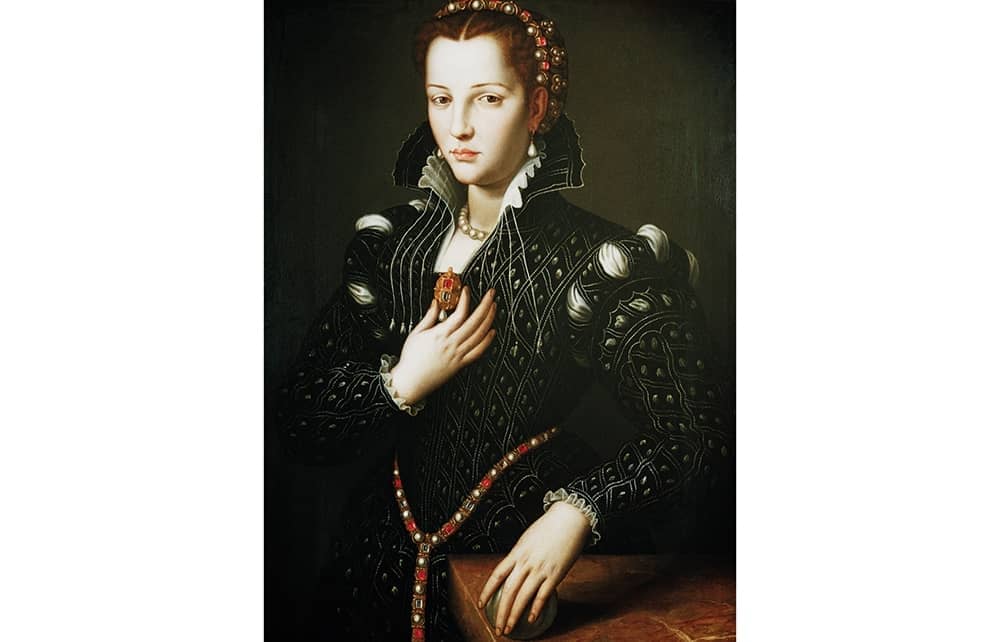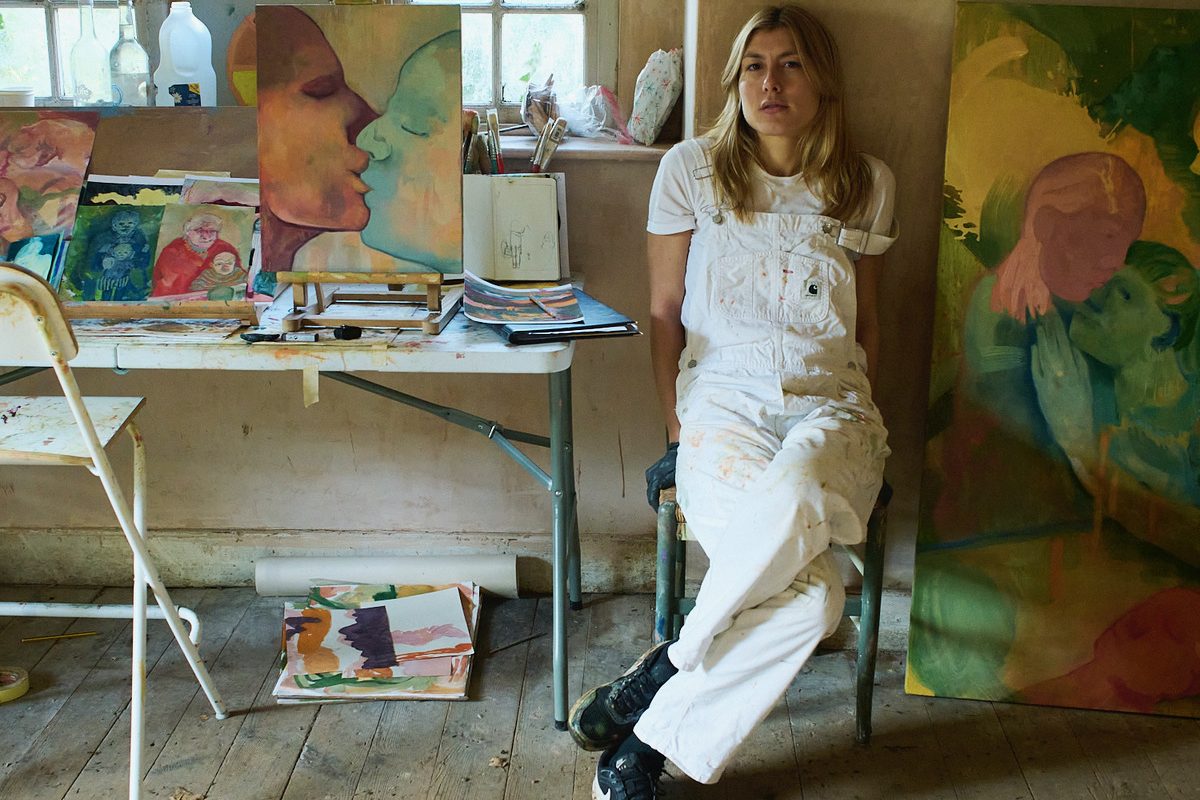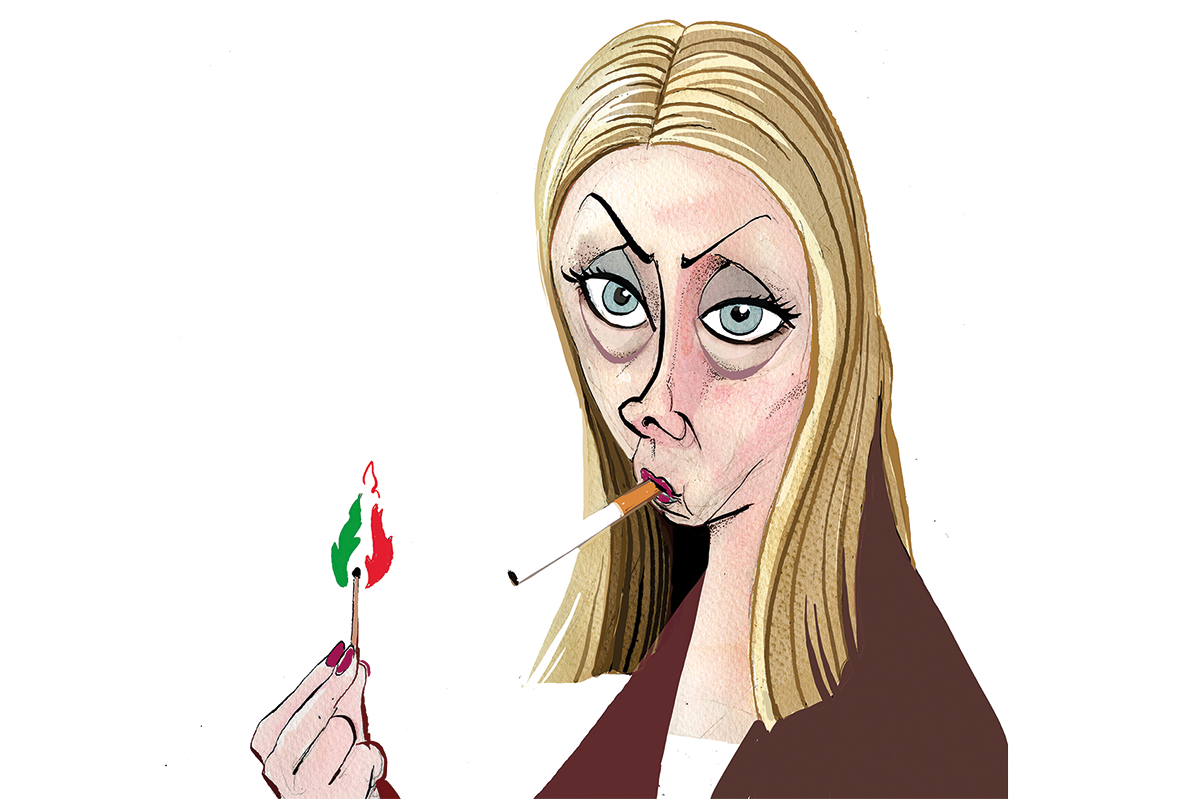There’s a moment near the end of Robert Browning’s dramatic monologue “My Last Duchess” when it becomes clear that the duke, whatever he might claim, did kill his wife: “I gave commands;/ Then all smiles stopped,” he lets slip. In The Marriage Portrait, Maggie O’Farrell’s sombre, haunting novel based on the historical couple described in Browning’s poem, this revelation comes rather earlier. The young Lucrezia knows with “a peculiar clarity” that her husband “intends to kill her” right from the first page.
After leaving Florence to begin her married life with Alfonso II, Duke of Ferrara, Lucrezia died within a year. History records her death as being from “putrid fever,” but foul play by her husband has long been suspected.
In O’Farrell’s hands (as with her 2020 bestseller Hamnet), historical detail comes alive. She deftly imagines Lucrezia’s childhood in the palazzo in Florence and her later marriage in Ferrara. The third, willful daughter of Cosimo de’Medici and his wife Eleanora (“La Fecundissima” had eleven children) spends her earliest days with “servants… maids and the noise of cooking pots,” before wiling away hours in the nursery and schoolroom with her other siblings.
The sixteen-year-old Lucrezia took the place in marriage of her older sister Maria, who died while betrothed to Alfonso. She must wear the “blue silk and gold brocade” of Maria’s dress, and try to provide her sister’s intended with an heir, while submitting to his “face of fury, of intent, of unslakable need.” There is perhaps just cause for her melancholy expression in the only known portrait of her, attributed to Bronzino.
The novel is evocative and moving. The aspects of Browning’s poem which can seem far-fetched or comedic (the duchess riding around in her pre-death captivity on a white mule) are sensitively rendered. But, the narrative still falters. Some of the sex scenes are all but unreadable (“the river god is enacting his nightly ritual, seeking that mysterious and necessary relief”), and the conclusion — mistaken identity and a similar looking maid — feels too neat and insubstantial.
O’Farrell has drawn back the curtain on this marriage portrait, but there’s an unmistakable sense that the painting hasn’t quite been finished.
This article was originally published in The Spectator’s UK magazine. Subscribe to the World edition here.

























